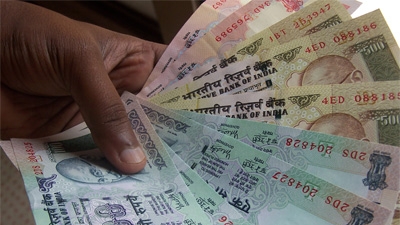Officially recorded remittance flows to developing countries are estimated to have reached $372 billion in 2011, an increase of 12.1 percent over 2010. Worldwide remittance flows, including those to high-income countries, reached $501 billion in 2011 and are expected to increase to $615 billion by 2014. Remittance flows have been stable during the crisis relative to other resource flows
The new estimates show that the top recipients of remittances among developing countries in 2011 were India ($64 billion), followed by China ($62 billion), Mexico ($24 billion), and the Philippines ($23 billion). Other large recipients include Egypt, Pakistan, Bangladesh, Nigeria, Vietnam, and Lebanon. However, small and low-income countries such as Tajikistan, Lesotho, Nepal, Samoa and Tonga tend to receive more remittances as a share of their GDP.
Following brisk growth in 2011, remittance flows to developing countries are expected to continue to grow at 7-8 percent annually to reach $467 billion by 2014. Worldwide remittance flows, including those to high-income countries, are expected to exceed $615 billion by 2014. However, there are several downside risks to this outlook. Even though remittances to developing countries have recovered quickly since the crisis, they are vulnerable to uncertain economic prospects in migrant destination countries.
Persistent unemployment in Europe and the U.S. is affecting employment prospects of existing migrants and hardening political attitudes toward new immigration and have created political pressures to reduce the current levels of immigration. There are risks that if the European crisis deepens, immigration controls in these countries could become even tighter. Volatile exchange rates and uncertainty about the direction of oil prices also present further risks to the outlook for remittances. A deepening and spread of the European debt crisis will also pose risks for oil prices, which could in turn reduce demand for migrant workers and depress remittances flows to Asian countries.

